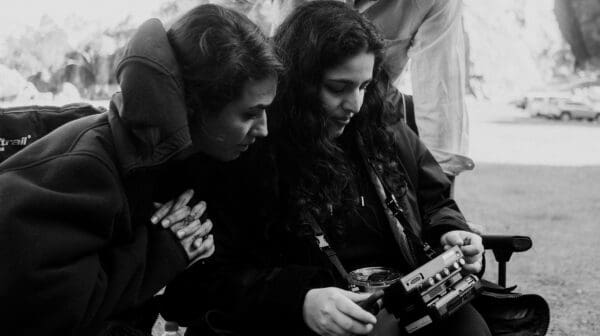
Finding New Spaces Together
‘Vádye Eshgh (The Valley of Love)’ is a collaboration between Second Generation Collective and Abdul-Rahman Abdullah weaving through themes of beauty, diversity and the rebuilding of identity.
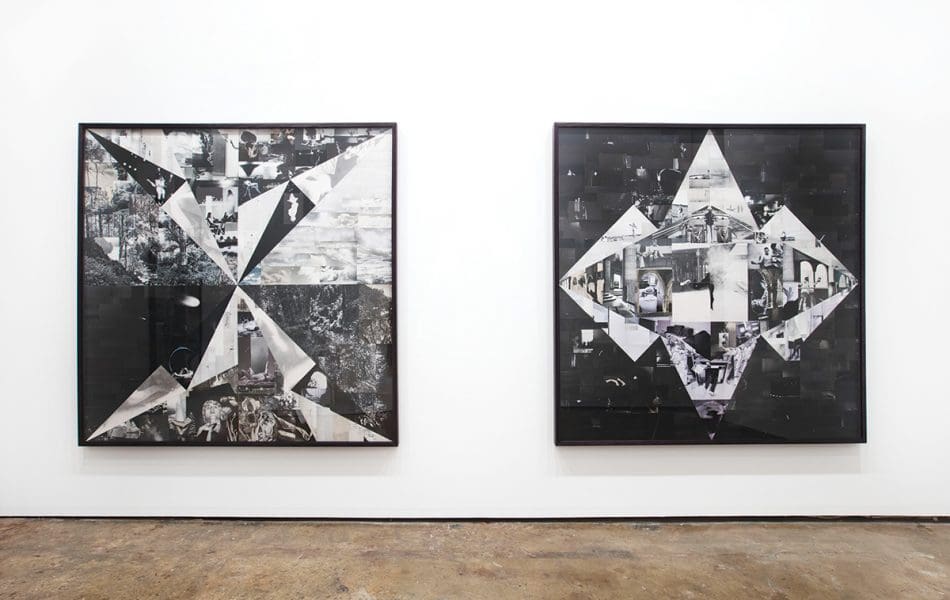
Lillian O’Neil, Tertium Quid, 2018, installation view at The Commercial, Sydney. Photograph by Sofia Freeman. Image courtesy The Commercial, Sydney.
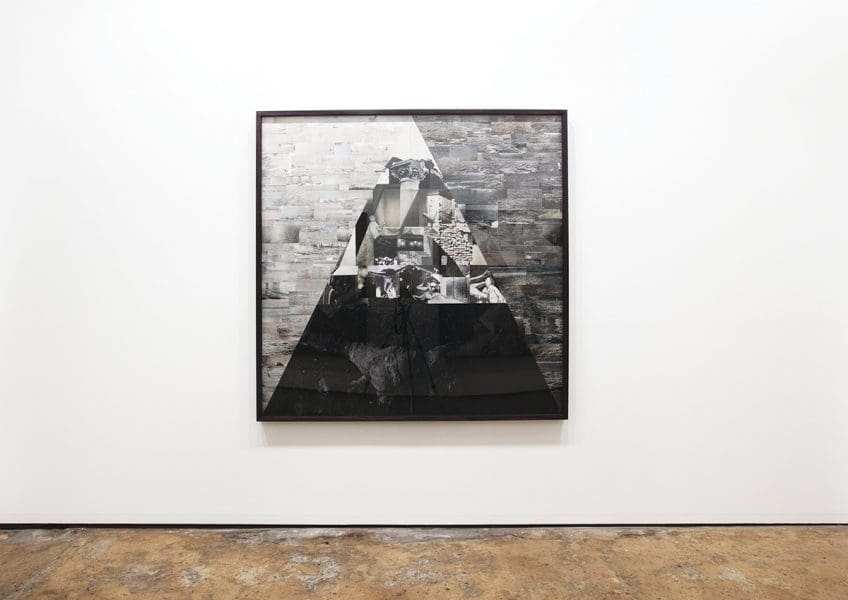
Lillian O’Neil, Tertium Quid, 2018, installation view at The Commercial, Sydney. Photograph by Sofia Freeman. Image courtesy The Commercial, Sydney.
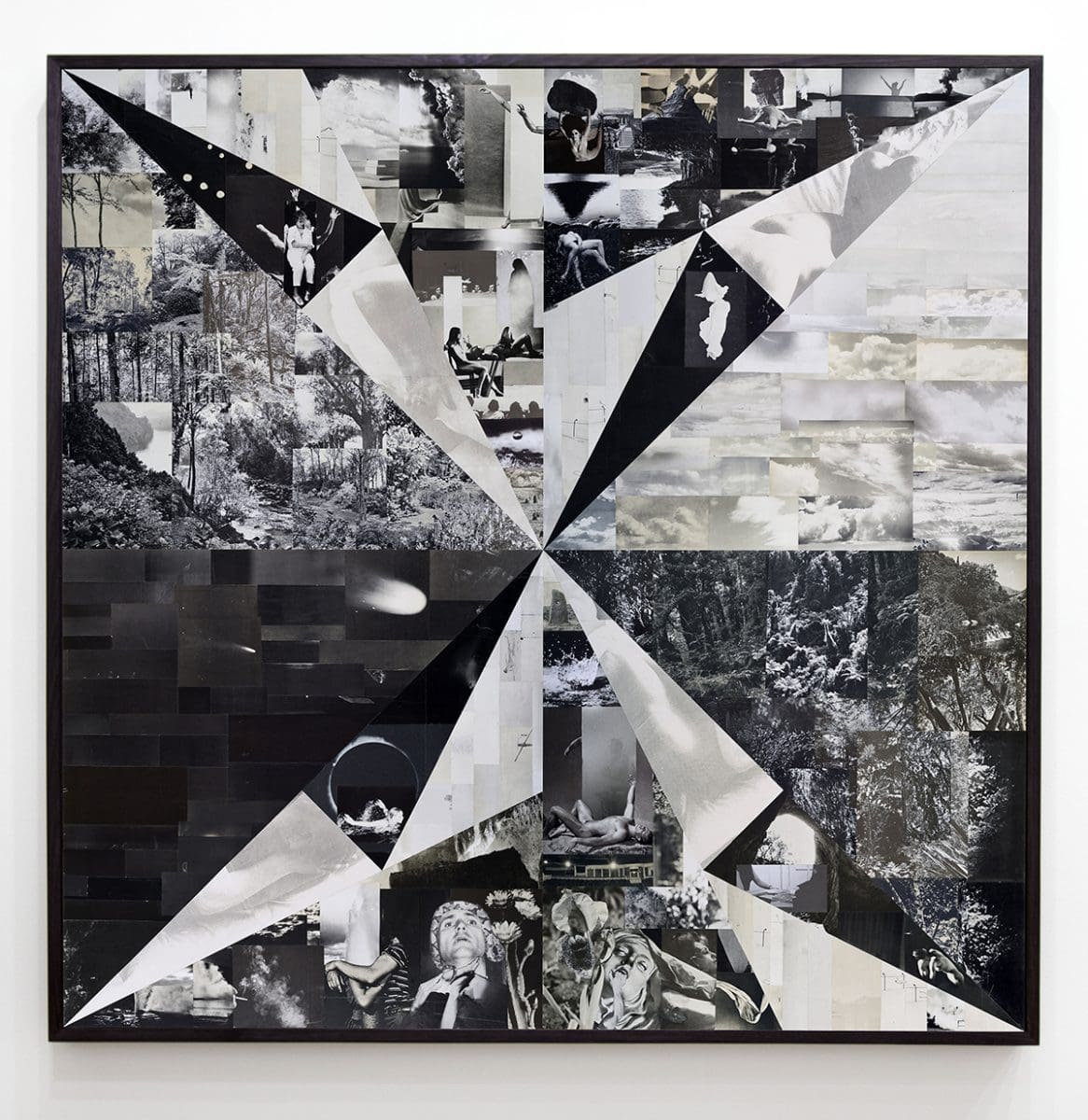
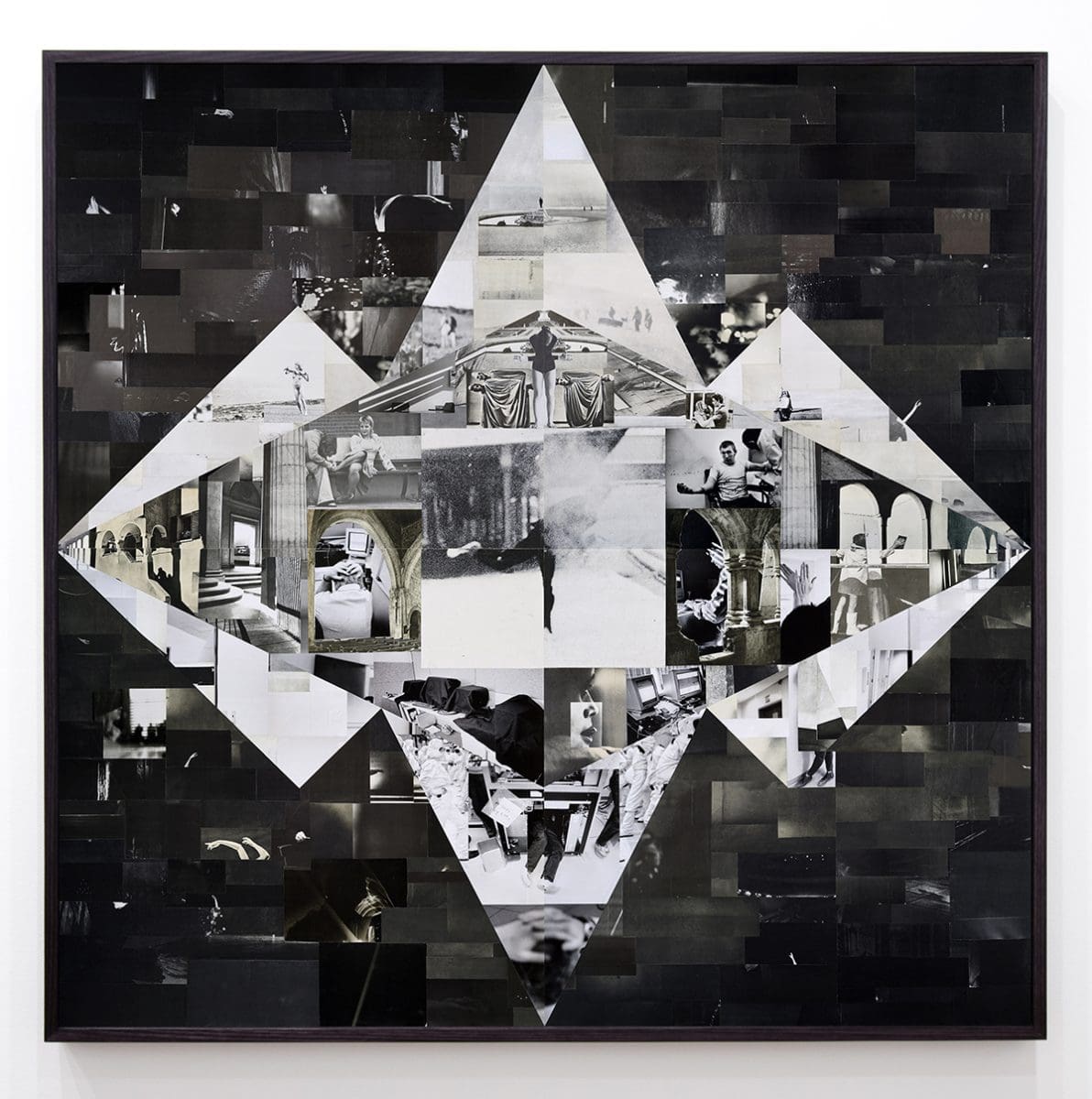
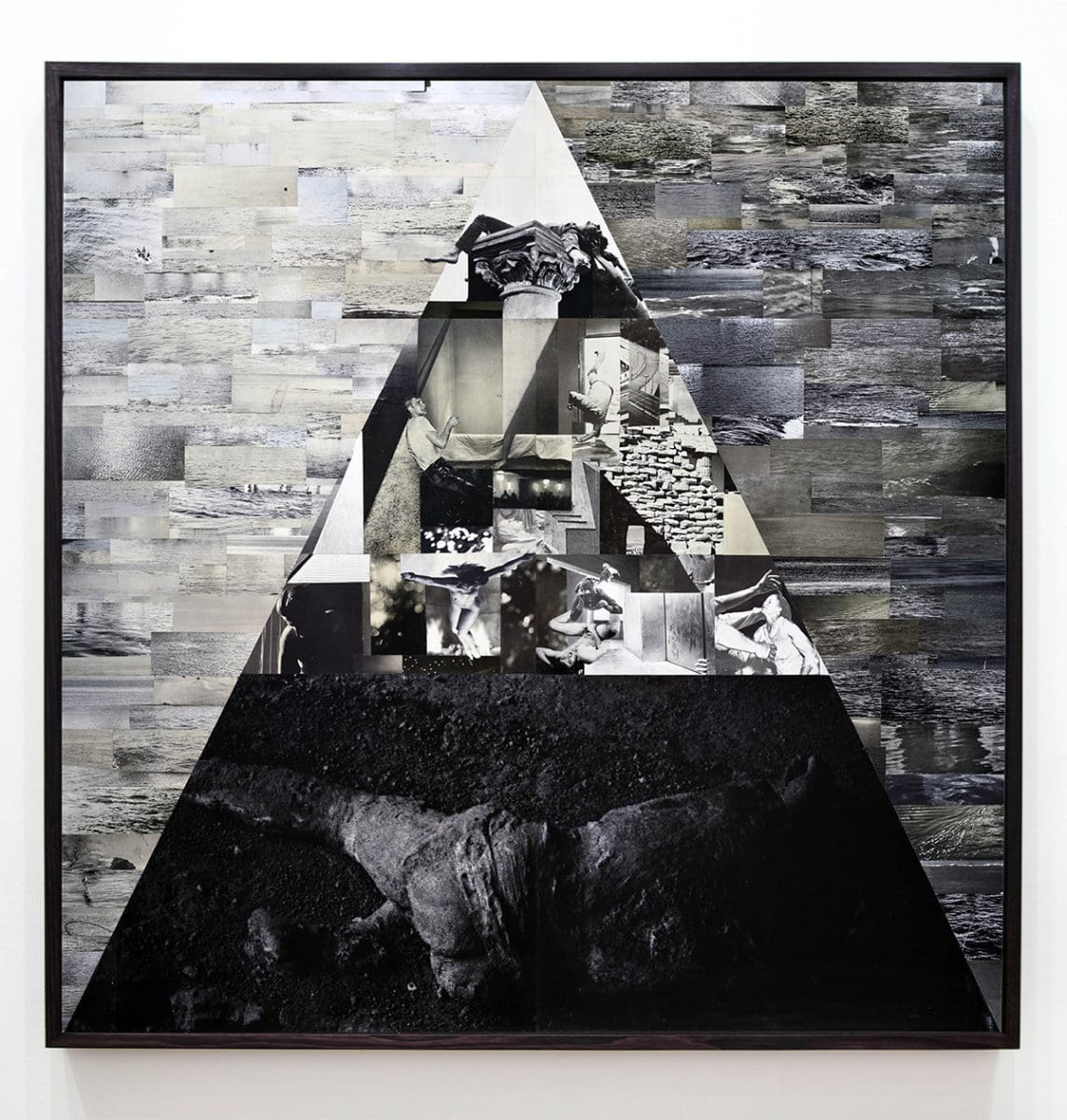
As the third decade of the Photoshop age nears its end, it’s refreshing to see a collage artist who actually gets out the scissors and glue. In Lillian O’Neil‘s massive black-and-white compositions the edges of each collaged element are visible, giving her 2D compositions a very subtle 3D edge.
In her solo show Tertium Quid (loosely translated from Latin as ‘the third unknown’) O’Neil presented four large collages assembled from found photographic images. The exhibition should probably have come with an R-rating or one of those nudity alerts. There were lots of bodies on display, many of them with their kit off, and several were fondling themselves (or each other) in a manner that may have titillated some viewers and embarrassed others.
Instead, the show reminded me of the famous 1955 MoMA exhibition of black-and-white photographs, The Family of Man. In this highly influential survey show (and subsequent book which is still in print) 273 photographers presented images of ordinary people from all over the world. O’Neil seems to have a similarly encyclopaedic agenda; her densely packed collages present humanity doing the stuff humans do.
In O’Neil’s Meltdown, 2018, the various activities people get up to are arranged in a pattern of four intersecting diamonds. A man in front of a computer clutches his head in frustration, a figure shrouded in smoke is embroiled in a riot, a woman leans on a bench as a man removes a splinter from her foot, a naked woman streaks across a football pitch. These images (and many other images), both sinister and ordinary, are interspersed with pictures of imposing architecture: fluted columns, arched colonnades, neoclassical fountains.
O’Neil repeats this strategy in Pyramid, 2018. At the apex of the titular triangle a man lies in dramatic resignation atop a Corinthian column. At the base of the pyramid something very nasty indeed seems to have happened – we seem to be bearing witness to an excavated body – while in the middle people go about the everyday business of being neither saints nor sinners but something in between.
While the central images in Meltdown are presented against a very dark background of almost black images which are punctuated by flashes of light and the odd truncated limb, the much lighter background in Pyramid resembles a patchwork quilt made from slices of ocean. These small rectangles are mostly vacant, but tiny boats are cast adrift in a few. These vessels seem lost, insignificant and vulnerable, evoking that old nature/culture dichotomy.
In this collage a woman with very long hair lets it flow over a naked man. At first this image appears to be of just two people, but in the lower left corner another foot intrudes on the scene. This figure is the unidentified tertiary element: a mysterious third man watching from the wings, a trickster coming to shake things up. Anything could happen.
Lillian O’Neil: Tertium Quid, The Commercial, Strawberry Hills from 14 April to 5 May.
This article originally appeared in the July/August 2018 edition of Art Guide Australia.